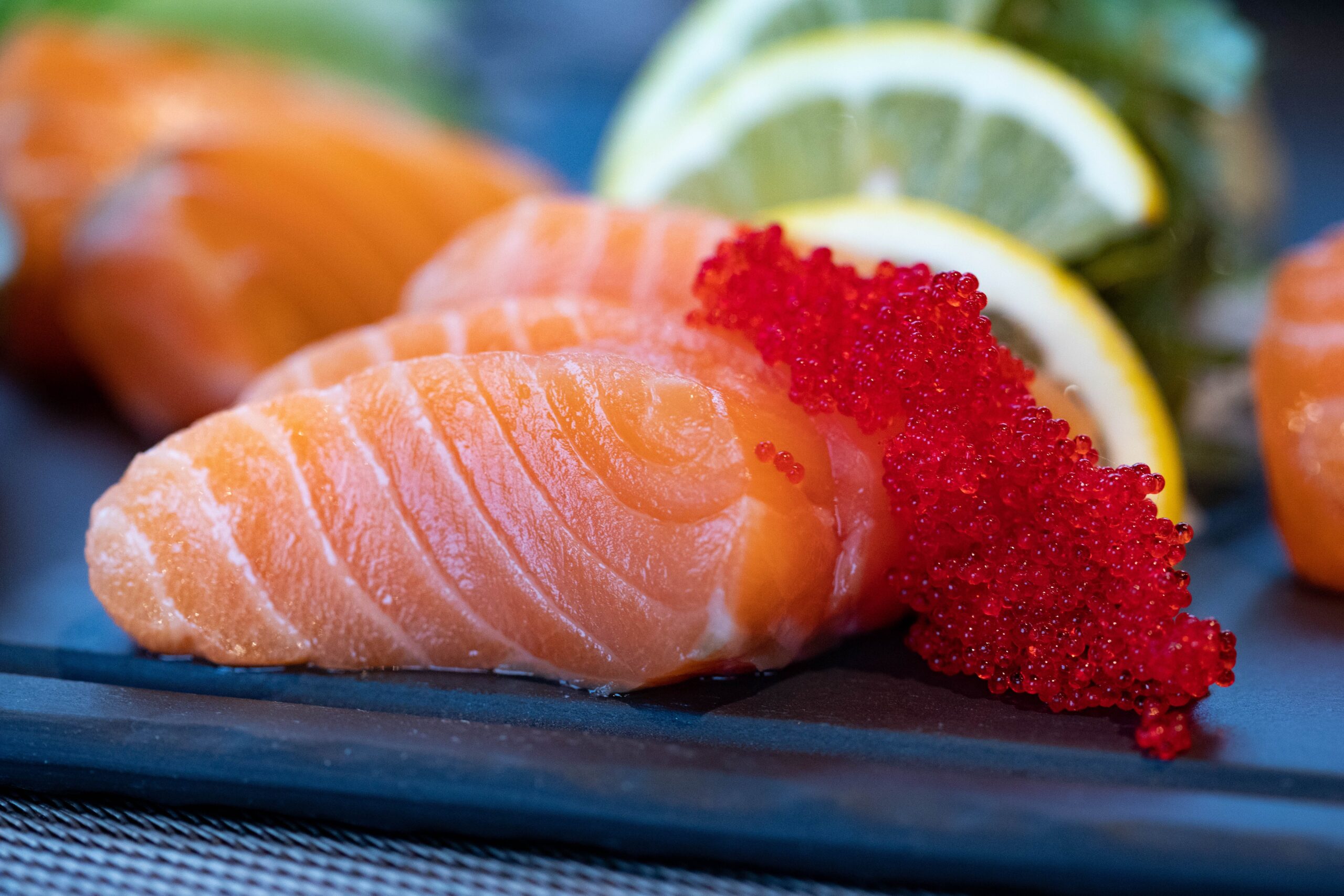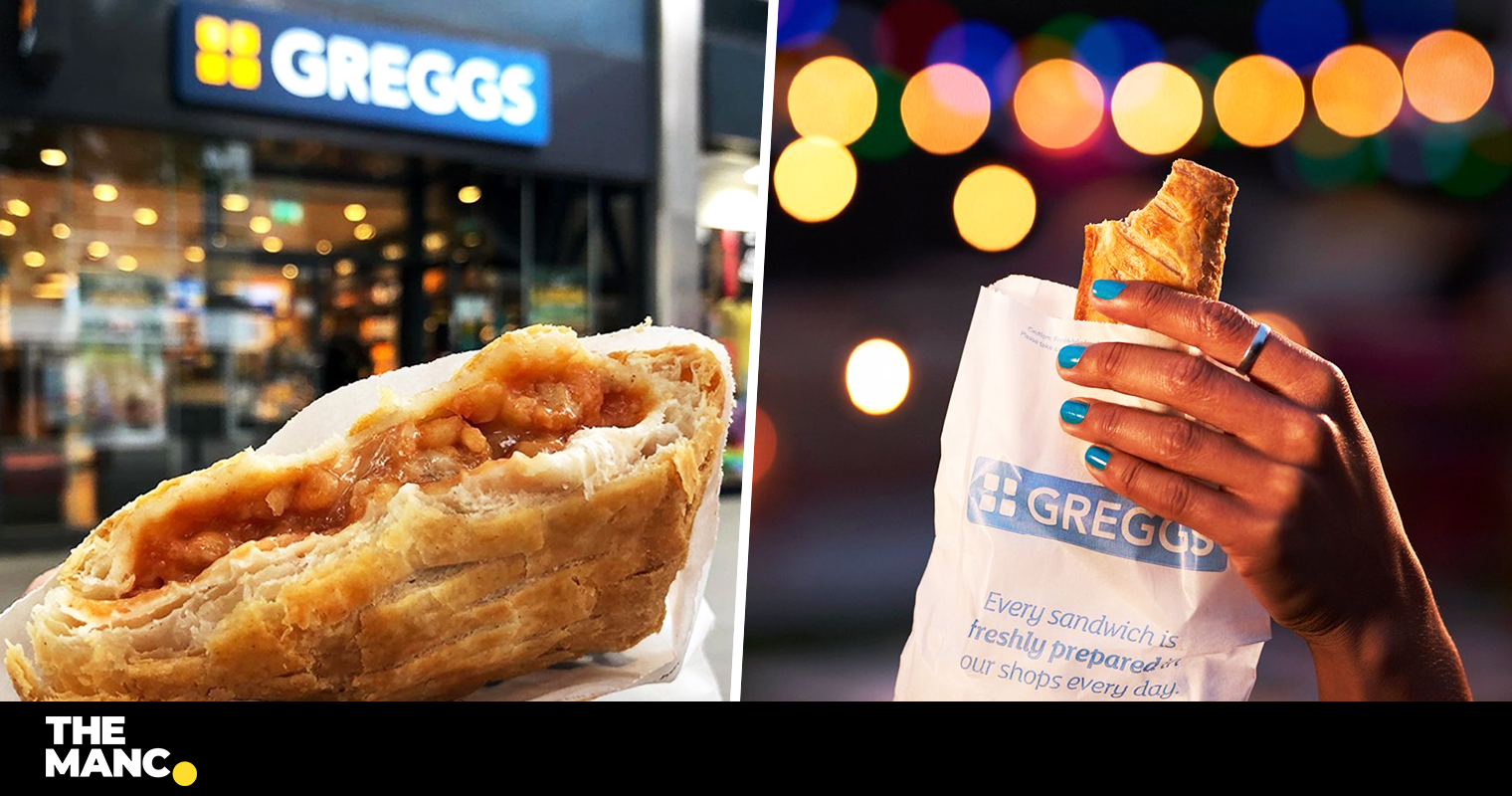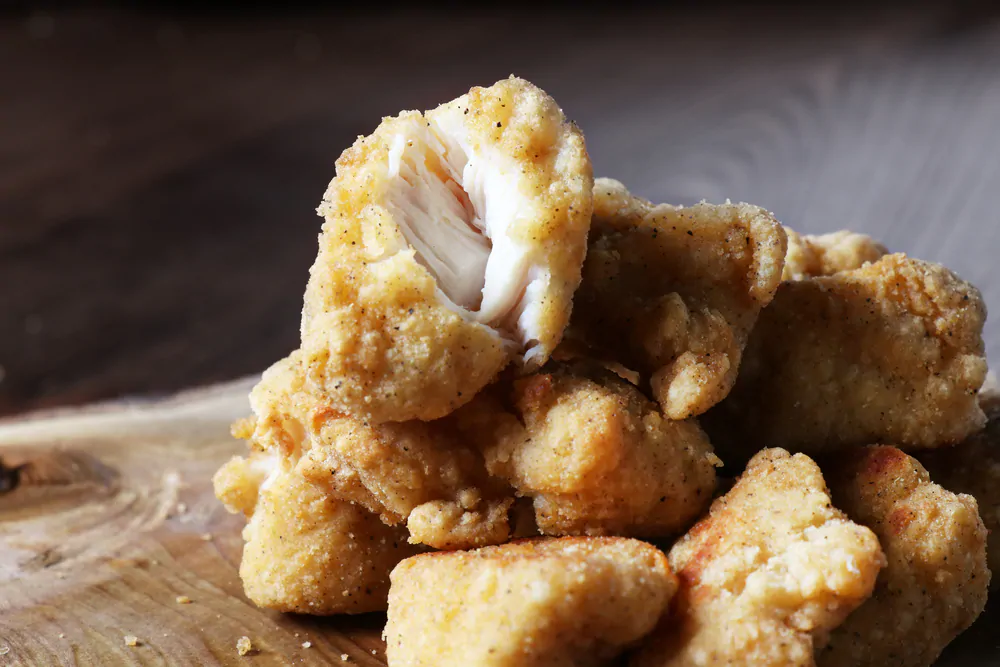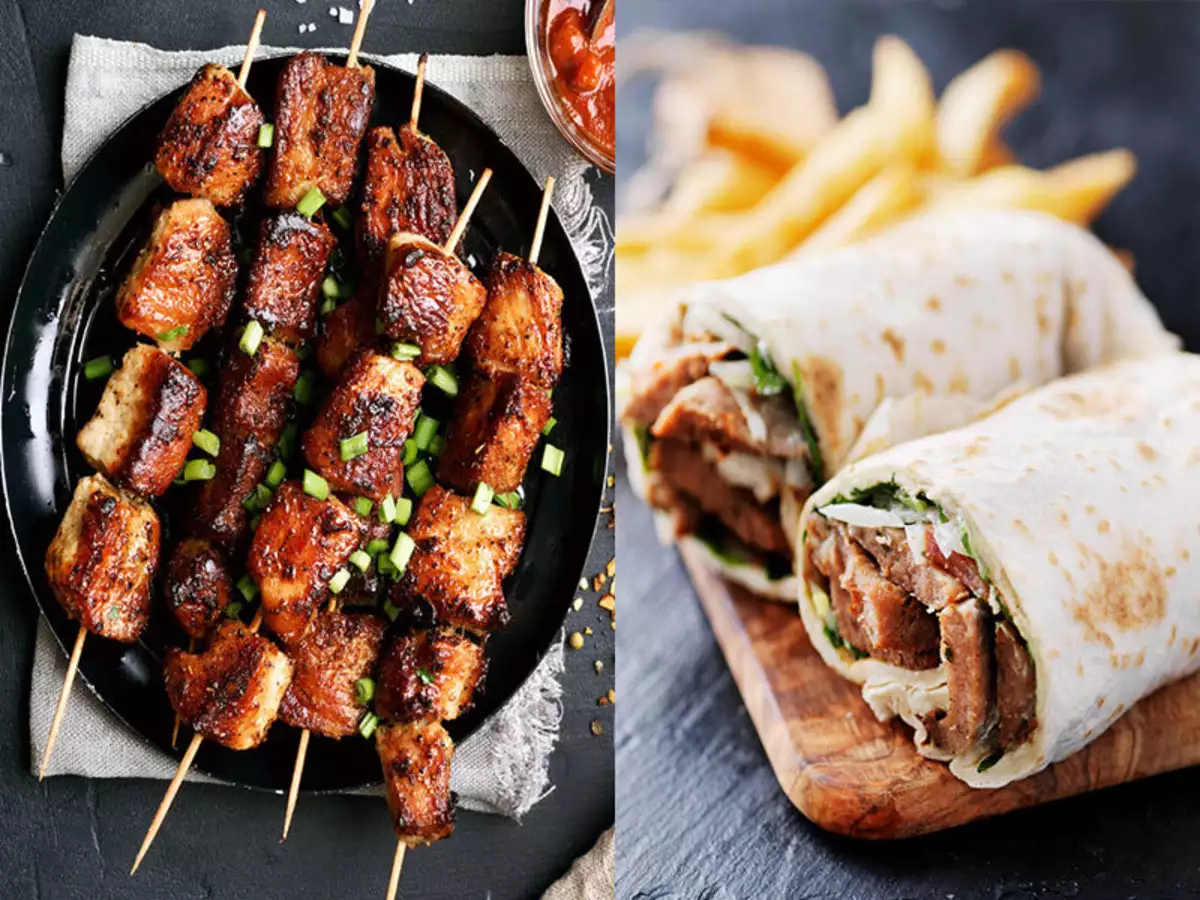Putting tissue in the microwave is not recommended. Tissue, especially thin and flimsy tissue paper like facial tissues, toilet paper, can quickly catch fire when exposed to the microwave’s heat. The low density and rapid heating of such paper make it highly susceptible to ignition.
Microwaves have revolutionized the way we prepare and reheat food, offering unmatched convenience and speed. However, when it comes to using a microwave, certain precautions must be taken to ensure safety.
In this discussion, you will know into the reasons behind the potential hazards of putting tissue in the microwave and also alternative option
Can You Dry Toilet Paper In The Microwave?
No, Toilet paper holds a crucial role in maintaining hygiene within households, primarily serving to clean up after using the toilet. However, instances arise when toilet paper might accidentally become wet, prompting the need for swift drying solutions. One common query is whether microwaving damp toilet paper is a viable option.
Regrettably, attempting to expedite the drying process of toilet paper through microwave heating is not advisable due to several compelling reasons.
In essence, microwave heating will not effectively dry the damp toilet paper.
Instead, it poses potential risks, the most significant being the risk of fire. The heat generated by the microwave interacts with the moisture present in the toilet paper, leading to its evaporation. This, however, coincides with an alarming consequence—the paper’s ignition.
Moreover, the emission of smoke resulting from the burning toilet paper has the potential to inflict damage on the microwave itself. Simultaneously, this smoke can swiftly permeate your living space, diminishing air quality and causing an array of issues.
Considering the substantial hazards involved, the prospect of using a microwave to dry toilet paper should be unequivocally dismissed. The likelihood of ineffective drying coupled with the potential for fire and smoke damage renders this approach untenable and imprudent.
Given the inherent risks, it is highly recommended to explore alternative means of drying damp toilet paper. The hazards posed by microwave drying far outweigh any potential benefits, making it an endeavor that is simply not worth undertaking.
Grease Absorption: Placing paper towels beneath greasy food items like bacon demonstrates proficiency in absorbing excess grease during the cooking process. The outcome is reduced oiliness and potentially decreased splatter occurrences.
Steam-Infused Wrapping: The employment of dampened paper towels to envelop victuals like tortillas or bread engenders a steaming effect. This cocooning technique forestalls culinary desiccation, thereby preserving suppleness and thwarting the development of rubbery textures during the reheating phase.
What are some other ways to achieve similar outcomes as using tissue in the microwave for different tasks?
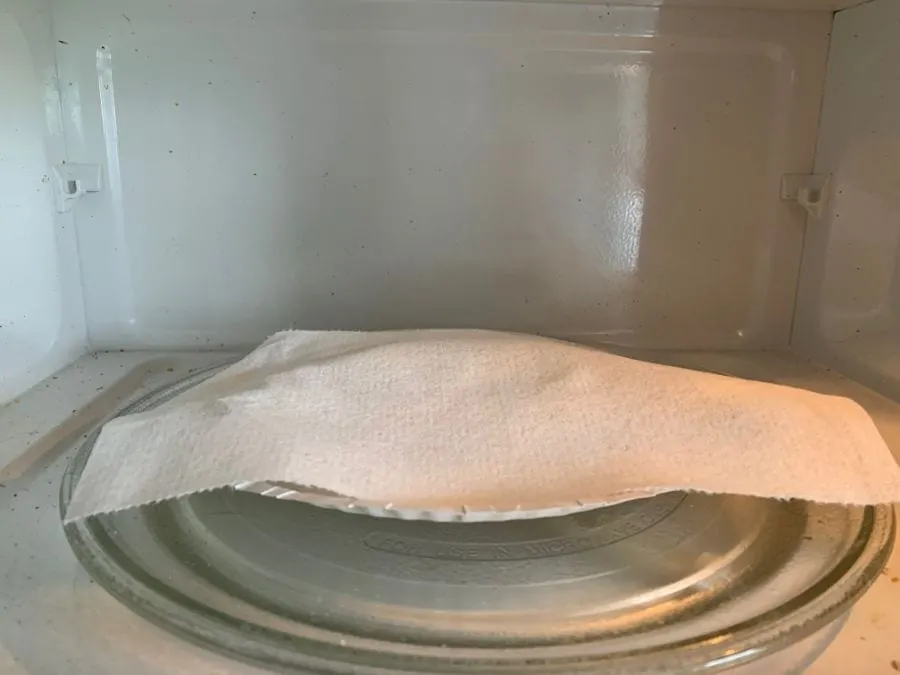
Kitchen Towels: Kitchen towels can serve as excellent substitutes for tissue in scenarios that require moisture absorption or covering. Place a clean, dry kitchen towel over dishes to prevent splattering or wrap damp items in one to expedite drying.
Lids and Covers: Employing suitable lids and covers for containers is a pragmatic strategy. These aids shield against splatters and assist in maintaining even heating.
Steamer Baskets: Opt for steamer baskets to heat or cook vegetables and other foods. These baskets not only retain moisture but also enhance the texture and nutritional value of the food.
Safe Wraps: Certain wraps are deemed safe for usage in heat-related scenarios. These can be used to envelop food items, conserving moisture and preventing undesired mess.
Silicone Mats: Utilize silicone mats that are heat-resistant and appropriate for culinary applications. Placing one beneath dishes can catch spills and simplify cleanup.
Steam-Enhancing Containers: Explore containers specifically designed to enhance steaming within microwaves. These containers ensure optimal moisture retention while preserving food quality.
Vented Covers: Invest in vented covers crafted for culinary utilization. These covers regulate steam release, ensuring food stays moist without causing excessive splattering.
Plate Toppers: Plate toppers, constructed from materials safe for cooking, can be situated atop dishes to facilitate uniform heating and prevent mess.
Cooking Pouches: Utilize specialized pouches intended for microwave cooking. These pouches create a controlled cooking environment, keeping food moist and delectable.
Glass Containers with Covers: Opt for glass containers accompanied by compatible covers for microwave usage. These containers trap moisture, allowing food to retain its succulence.
Understanding Paper Variants and Microwave Safety
The answer to this query is contingent upon the type of paper being utilized within the microwave. Additionally, it is imperative to assess the intended purpose of the paper product.
Thin Paper and Combustion Risk
Thin paper susceptible to tearing poses hazards when introduced to the microwave environment. The minimal density of such paper can induce rapid heating, potentially culminating in flames bursting forth within seconds. The delicate layers of thin paper elevate its susceptibility to ignition.
Thicker Paper and Chemical Concerns
Comparatively thicker paper can endure microwave heating, albeit the prospect of chemical compound cross-contamination is a looming concern when deploying paper for warming food items.
Newspaper’s Limitations
Newspaper’s inherent thinness renders it unfit for sustained exposure to microwave heat. The paper’s susceptibility to igniting and catching fire is a prominent drawback. Additionally, the ink imprinted on newspapers can infiltrate food, constituting a health risk that discourages its use.
Paper Towels as Coverings
Paper towels, with their adept moisture absorption capabilities, find common application as covers for food during microwave heating. The assimilation of food moisture into the paper helps avert fire risks.
Parchment Paper’s Adaptability
Parchment paper, designed with oven use in mind, typically traverses microwaves with minimal hazards.
Tissue Paper’s Perils
Thin tissue paper, encompassing sanitary napkins, facial tissues, and toilet paper, is unsuitable for microwave application. Its vulnerability to swift ignition under heightened heat conditions precludes its usage.
Utensils as Sturdy Options
Sturdier paper-based utensils, including cups, manifest resilience against combustion. These items can be employed in microwave scenarios without the looming specter of flames.
Wax Paper’s Safe Transition
Wax paper, formulated for oven compatibility, seamlessly integrates into microwave settings without undue concerns.
Safety and Thickness
The thickness of paper is a paramount determinant of microwave safety. Caution must be exercised to limit microwave durations for paper items to under 5 minutes. Prolonged heating can lead to edge burning and heighten the probability of igniting.
Inherent Dangers and Chemical Contamination
While fire is an inherent peril, the discussion extends to the hazard of chemical cross-contamination when heating food in contact with paper products. The intertwining of these risks underscores the necessity for prudent microwave practices.
Benefits of Putting Paper Towels in The Microwave
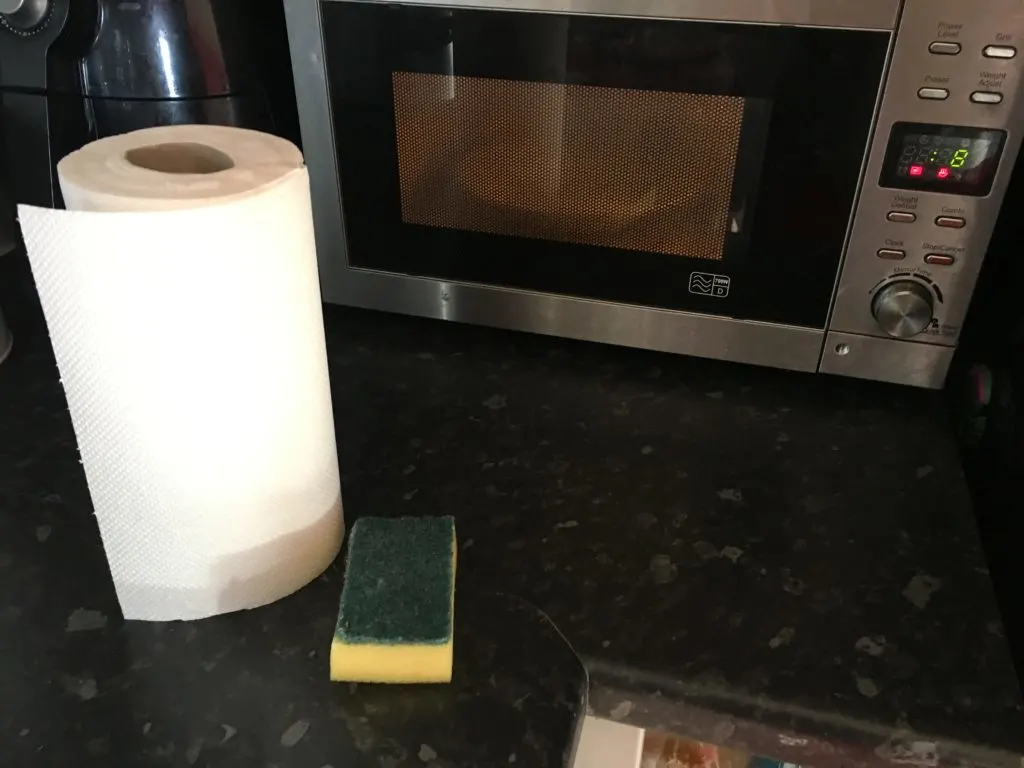
Absorbing Moisture: By situating paper towels beneath food items or atop dishes, you can effectively absorb any superfluous moisture. This action safeguards against undesired sogginess and ensures the attainment of uniform warmth. This is particularly pertinent when reheating foods abundant in water content, such as vegetables or leftover dishes.
Splatter Prevention: Employing paper towels as covers for dishes serves to preempt splattering, averting the creation of untidy microwaving environments. This prudent measure culminates in a cleaner microwave and diminishes the necessity for laborious post-cooking cleaning.
Facilitating Even Heating: When interleaved between victuals, paper towels act as mediators for the judicious dispersion of microwave energy. This facet proves invaluable when renewing the warmth of edibles with a propensity for uneven heating, for instance, bread or pastries.
Efficient Drying: Enveloping slightly damp items, such as herbs or vegetables, in dampened paper towels accelerates the desiccation process. The paper towel adeptly absorbs any redundant moisture, in turn aiding in the retention of the comestible’s desired texture and flavor.
Crisp Preservation: Utilizing paper towel-lined plates for microwaving fried or baked delicacies helps retain their crispiness. The paper towel acts as a moisture absorbent, which is pivotal in the preservation of textural integrity.
Bread and Roll Revival: Through the artful wrapping of rolls or bread within paper towels, a brief microwave stint can resuscitate their warmth and tenderness, akin to the functionality of a dedicated bread warmer.
Temperature Regulation and Cooling: Leveraging paper towels as support for piping-hot items engenders moisture absorption, thus engendering more equitable cooling. This application is especially advantageous for dishes like fried foods.
Condensation Management: By placing a paper towel beneath containers prone to condensation, you effectively preclude water accumulation. This proactive strategy serves as a deterrent against undue dampness.
Is it safe to microwave paper?
Yes, Microwave safety with paper products depends on their thickness and type. Sturdy paper resists catching fire in microwaves, while thin and flimsy paper like tissues or single-layer sheets have a high risk of igniting. The rapid heating of their small surface area can lead to flames in seconds, potentially damaging the oven.
Look for thick, sturdy paper that doesn’t easily bend. Fast-food trays, cups, and bowls typically meet these criteria and can withstand both the food’s pressure and transportation.
Disposable paper containers handle microwave heat well without igniting. However, while thicker paper can usually be microwaved for up to 5 minutes safely, certain paper items, like Starbucks cups and McDonald’s wrappers, contain risky materials like glue and coatings.
When removing microwaved paper-covered food, be cautious, as the paper can remain very hot. Using gloves is recommended, and allow the paper container to cool slightly before use.
Can you microwave paper safely?
Yes, The suitability of paper for microwaving depends on its strength and characteristics. Fragile paper prone to tearing isn’t safe, while thicker, tear-resistant paper can be used with care. Always observe the microwave during use to prevent paper from drying out and igniting.
Parchment paper and wax paper, designed for oven use, are safe options for baking and cooking in the microwave. Cooking papers, coated with special wax, are microwave-safe for extended periods.
How long can you microwave paper?
Generally, it’s advisable not to microwave paper for more than 5 minutes in regular food holders and bowls. Extended heating can cause thin paper to burn, particularly in vulnerable areas.
For oven-safe papers like parchment and wax paper, they can endure longer cooking times, around 30 to 45 minutes. Their specialized coatings prevent ignition.
Tips for Safe Microwave Paper Use:
- Microwave paper on medium heat to reduce fire risks.
- Set the oven to around 176°F (80°C) to safely heat paper.
- Use thick bowls and trays to prevent ignition.
- Place a microwave cover over food to trap steam and heat efficiently.
- Wear heat-resistant gloves when handling microwaved paper containers to avoid burns.
- Avoid reusing paper containers in the microwave, as they can become dry and prone to igniting.
FAQ
Is it Safe to Use Regular Tissue Paper in the Microwave?
No, it’s not recommended to use regular tissue paper in the microwave. Tissue paper, especially thin and flimsy varieties, can easily catch fire when exposed to the microwave’s heat due to their low density and rapid heating.
Is it Safe to Microwave Paper Towels?
Yes, paper towels are generally safe to microwave. They can be used to cover certain foods to prevent splatters and absorb excess moisture during cooking or reheating. However, it’s advisable to use shorter intervals and check both the food and the paper towel frequently.
Is it Safe to Microwave Napkins?
Yes, napkins are usually safe for microwave use. Both disposable and cloth napkins can be used as alternatives to paper towels for small tasks in the microwave.
How Does Microwave Interaction Affect Tissue?
Microwaving tissue can lead to localized temperature variations. This can result in higher energy absorption, causing uneven heating and potential tissue damage or charring.
Items to Avoid Microwaving
there are items that should be avoided in the microwave, including aluminum foil, paper bags, plastic bags, plastic containers not labeled as microwave-safe, travel mugs, clothing, hard-boiled eggs, hot peppers, and Styrofoam. Using proper materials and utensils in the microwave is crucial for safety.
Conclusion:
while the microwave is a versatile kitchen companion, it’s important to approach its usage with caution and knowledge. Tissue, particularly thin and delicate varieties, should be kept away from the microwave due to the risk of ignition. The rapid heating and low density of such paper make it susceptible to catching fire, posing potential hazards to both your microwave and your safety.
Furthermore, to ensure a safe and effective microwave experience, it’s best to stick with microwave-safe containers, dishes, and covers that are designed to withstand the heat generated by the microwave. By making informed choices, you can continue to enjoy the convenience and efficiency of your microwave while avoiding any unnecessary risks.








